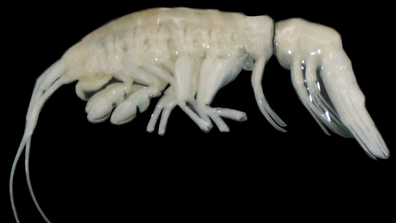Initially, the researchers could not confirm the identity of the calf with certainty.

On Monday, however, scientists and researchers observing the calf “confidently” assigned Tahlequah as the mother and the baby as alpha-numeric J61, Weiss said to CNN.
On Friday, a nature enthusiast and photographer who captured the calf — without first realizing it — told CNN, “My first reaction to seeing the calf was complete shock. I was just looking through my photos to see who the whales were that passed close to the port side of the ferry I was on and noticed a much smaller dorsal on one of the photos.
“As I scrolled through the series I realized it was very tiny calf, much smaller than any of the known young ones in the group.
“Based on the size and colour of the calf, I realized it was a new calf and traveling with J35, my spark whale, the whale that started my obsession.”
The Center for Whale Research said in a post on Facebook that they were able to photograph the calf’s underside, “confirming that the calf is a female.”
The mother first made headlines in 2018 when she swam about 1,000 miles of ocean with the body of her calf, which died a few hours after birth, preventing it from sinking for more than two weeks.
She had her first known baby since that incident, J57, two years later in 2020.
She is also a mother to another orca, J47.
While the new baby news is joyous and hopeful, researchers are still concerned about the Southern Resident killer whale population. T
hey are listed as endangered in Canada and are “one of the most critically endangered populations of marine mammals in the USA,” according to researchers.
“Early life is always dangerous for new calves, with a very high mortality rate in the first year. J35 is an experienced mother, and we hope that she is able to keep J61 alive through these difficult early days,” the post read.
According to Orca Conservancy on X, worrying behaviour had been observed concerning the calf.
“All of this serves as a reminder that in order for new calves, salmon stocks need to be recovered to levels that will help support population growth.”
According to researchers, the Southern Resident population grew during the late 1970s to mid-1990s, peaking at 98 animals.

First-of-its-kind predator discovered 8000km underwater
This year, the population census counted 73 whales.
“Every single birth counts and these whales need enough fish to be able to support themselves and their calves.”







